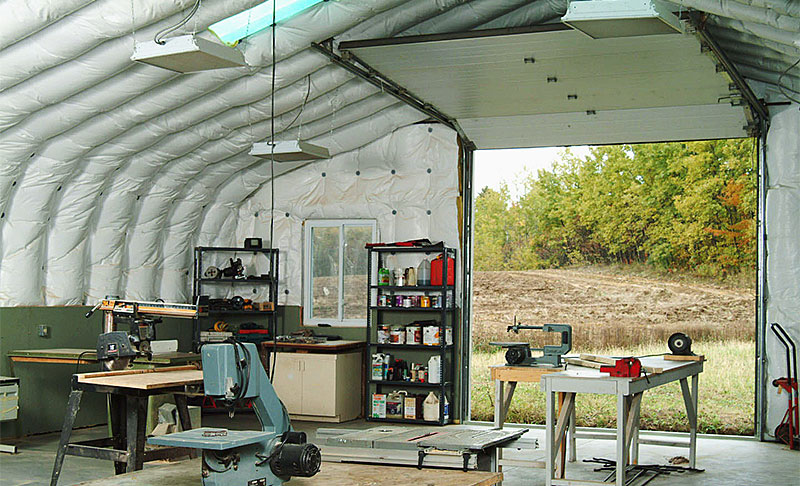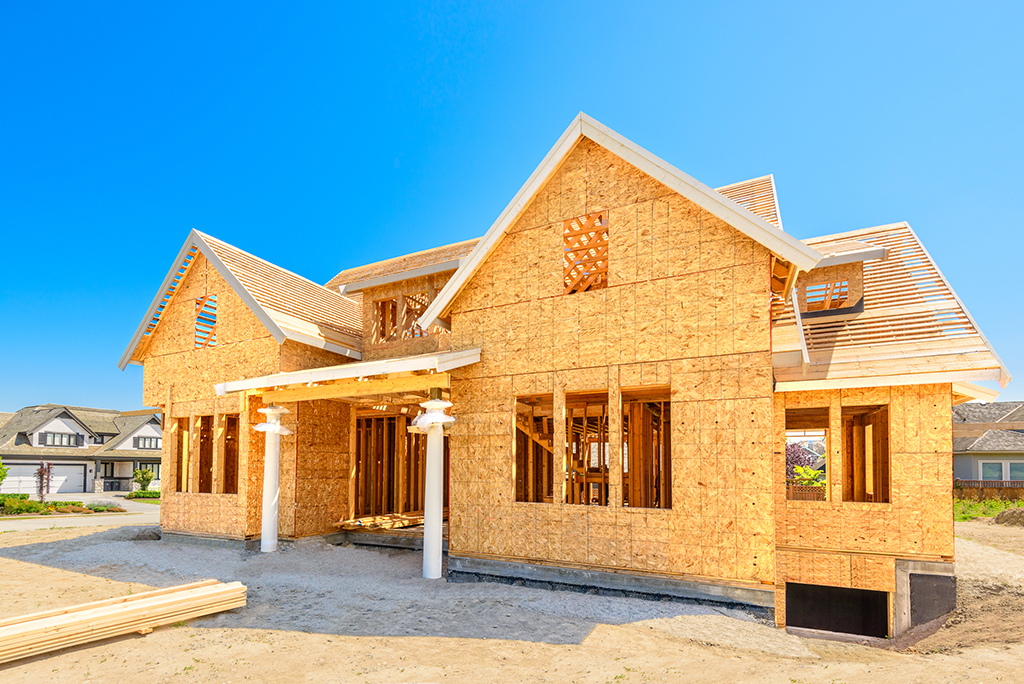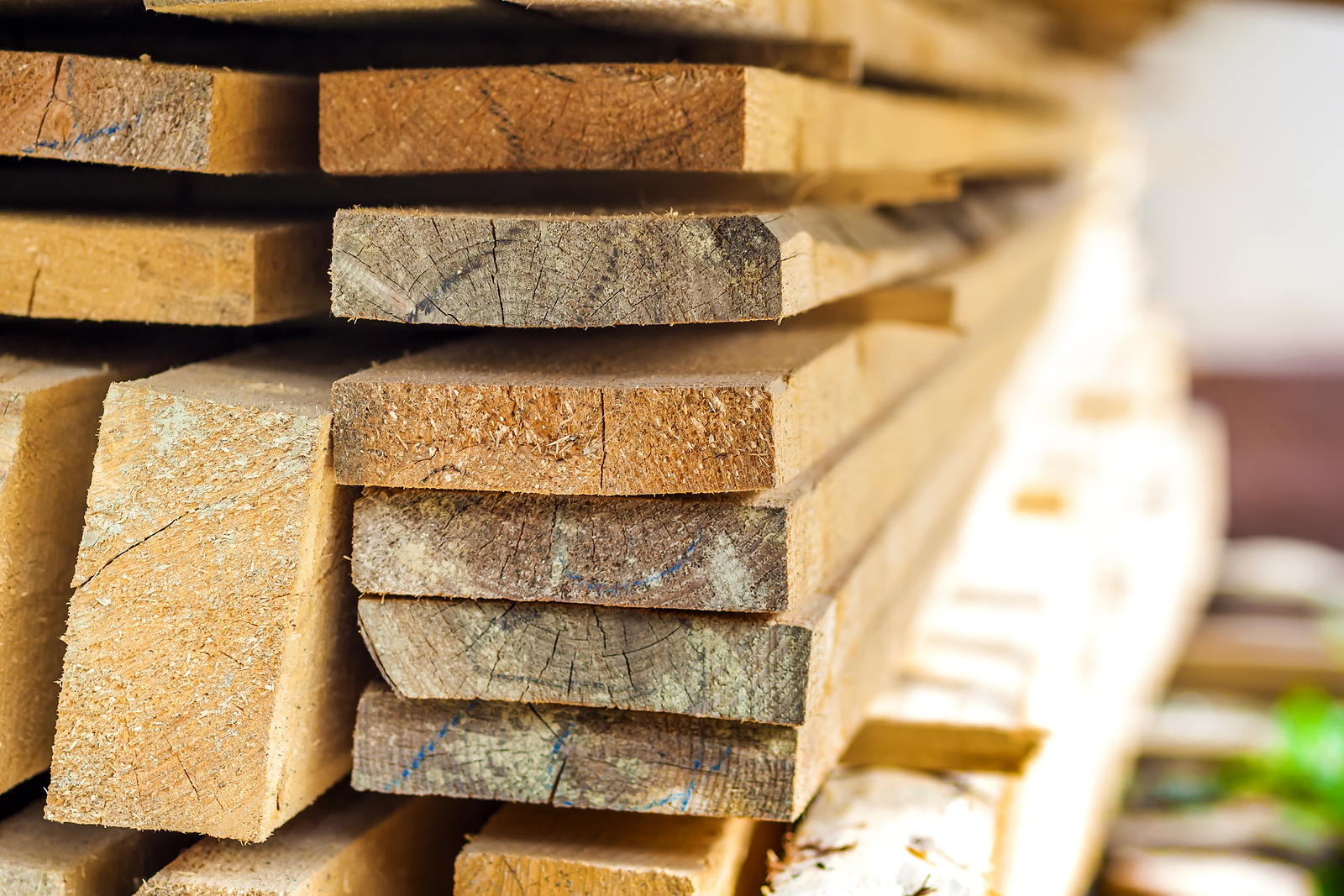Depending on the climate where you live, you may experience rough weather conditions only rarely. Or, there may be certain times of the year when the risk of tornadoes, hurricanes, or other severe storms in your area is high. Whatever the case may be, it’s important to be prepared for extreme weather conditions. Failing to have an action plan amid a severe weather forecast is one of the worst things you can do.
Though you may feel helpless while you’re in the path of nature’s wrath, you have more power than you think. There are plenty of things you can do in the days before the storm’s arrival to get yourself ready. From removing debris to reinforcing windows, here are seven ways to ready your property for extreme weather conditions.
1. Double-Check Your Insurance Policy
The last situation you want to encounter is being caught without adequate insurance coverage in the middle of hurricane-force winds. That’s why it’s important to double-check your insurance policy well before rough weather arrives. If your current coverage is insufficient, it’s time to get a new home insurance quote.
Look for a policy that protects both the inside and outside of your home, including the garage. It should also cover outdoor structures like sheds and fences. Look for a policy that will also protect against loss of use expenses if you’re forced to relocate temporarily. Make a list and take pictures of your valuable belongings to assist with any claims you might need to make.
2. Prepare for the Worst and Hope for the Best
It’s good to be optimistic and hope for the best when foul weather is on the horizon. However, you don’t want to get caught in a dangerous situation because you failed to prepare for the worst. If you know a dangerous storm is moving in, have an action plan ready. Know in advance what you’ll do and where you’ll go if you’re forced to leave.
As the storm approaches, follow local weather reports carefully. Be prepared to evacuate if you’re advised to do so. Know where local hurricane shelters are located and the fastest routes to get to them. Pack a disaster kit in advance and have it ready to grab and go. Establish emergency meeting points and contact lists with your family members in case of separation.
3. Remove Loose Debris and Hazards
As soon as you receive word of an inbound severe storm, walk around your property and look for potential hazards. Check for and remove or repair things like fallen tree branches and loose pavers or bricks. Bring toys, garden tools, and outdoor furniture indoors so they don’t become flying projectiles in the wind.
If you normally store tools in an outdoor shed, consider tying them down or bringing them indoors. Outdoor sheds are often highly susceptible to wind damage. Therefore, your things may be safer in your basement or garage until the storm passes.
4. Have an Arborist Inspect Your Trees
Trees are beautiful landscaping features. But they can become deadly in high winds. If you have a lot of trees on your property or even just a few large trees, take caution. Consult an arborist to check the health of your trees at least once annually.
Trees that are damaged, old, or unhealthy are more dangerous than young, strong trees. If they fall on your home, they could cause significant damage or death. Make a plan to remove dangerous trees as soon as possible if your arborist advises you to do so.
5. Reinforce Windows and Glass Doors
Windows and glass doors are highly susceptible to damage in severe storms. If they shatter, the flying shards of glass could become life-threatening. To protect yourself, reinforce all of your glass doors and windows with storm shutters.
You can make plywood shutters if you don’t have time to order professional shutters through local retailers. Just make sure the plywood is at least ¾-inch thick. If it’s thinner than that, it won’t provide much protection against debris and high winds. Don’t forget to cover all glass windows in your home, including skylights and small attic windows.
6. Build a Safe Room
It’s wise to have at least one safe room in your house if you live in an area prone to violent storms. The ideal safe room shouldn’t have any windows and should be reinforced to protect against debris and broken glass.
Be sure to keep enough food and water in your safe room to last at least a few days. You may also want to keep an emergency radio, makeshift toilet, first aid kid, and blankets in the room. You can also have a portable source of heat available, but keep in mind that if you have to seek shelter, there’s a good chance you won’t have power. For your mental health, you might pack some games and other forms of entertainment to stay busy while hunkered down too.
7. Anchor Outdoor Structures
Outdoor structures such as sheds, playground equipment, fuel tanks, and dog houses, can become extremely dangerous in high winds. Before the storm arrives, take time to anchor these structures solidly to the ground. There are several ways to anchor things down, including twist-in anchors, metal straps, concrete tie-downs, and galvanized connectors. You can also order special anchoring kits for playgrounds, sheds, and dog houses.
If you have a trampoline, don’t bother anchoring it down. Due to its shape, it will catch the wind and likely tear loose from any anchors you install. Instead, take the trampoline apart and store it somewhere safe until the storm is over.
Waiting for an approaching storm to hit can be nerve-wracking. However, you’ll be more prepared to hunker down or evacuate if you take action in advance. Follow these steps to prepare your home, property, and yourself for extreme wind conditions.






